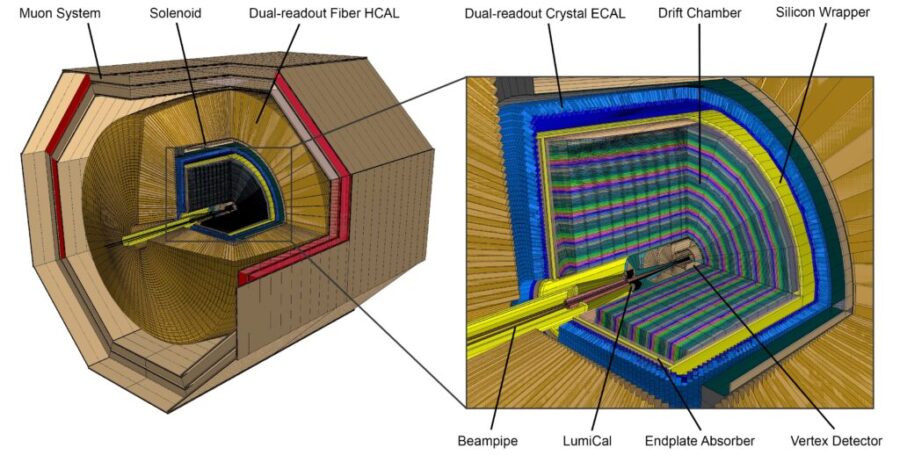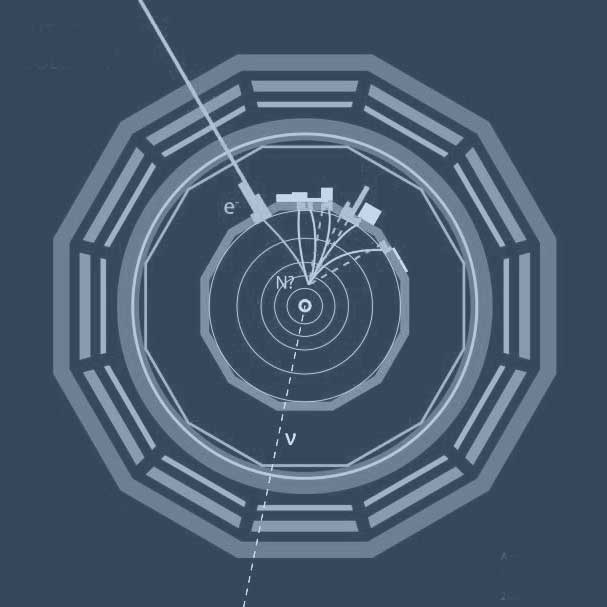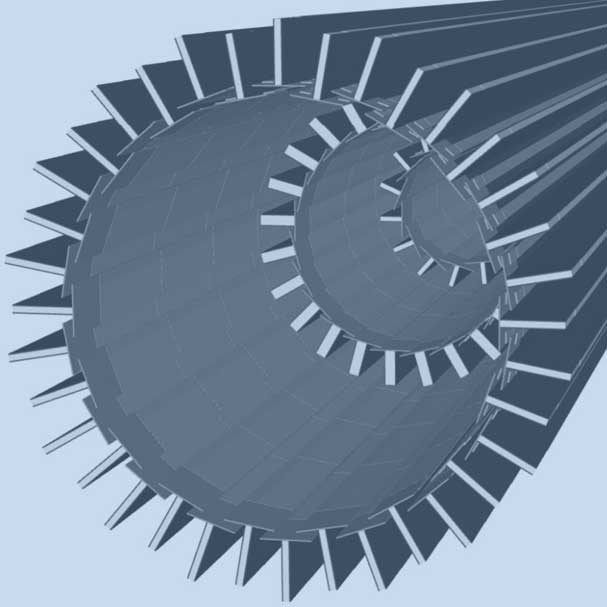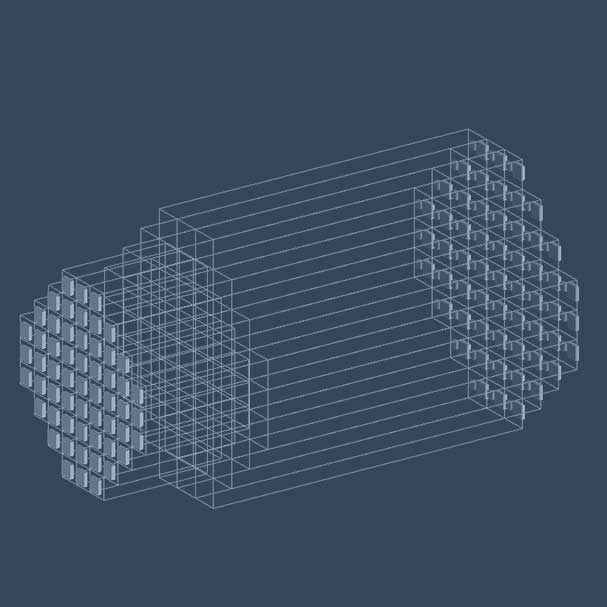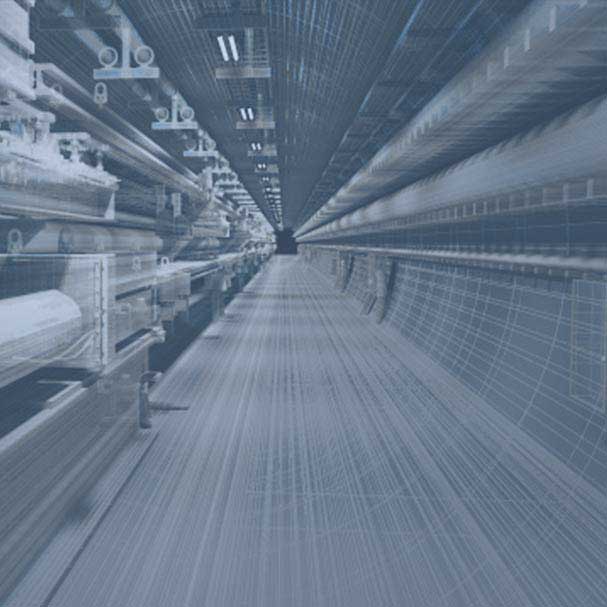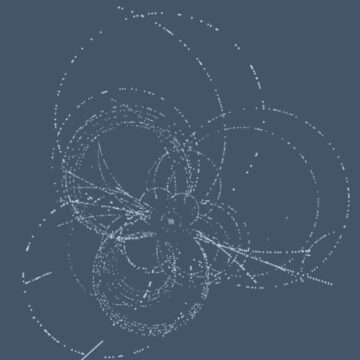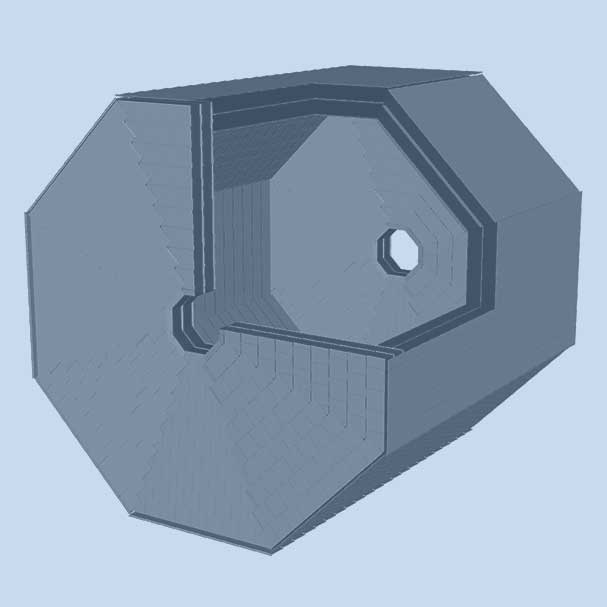To provide the best experiences, we use technologies like cookies to store and/or access device information. Consenting to these technologies will allow us to process data such as browsing behavior or unique IDs on this site. Not consenting or withdrawing consent, may adversely affect certain features and functions.
The technical storage or access is strictly necessary for the legitimate purpose of enabling the use of a specific service explicitly requested by the subscriber or user, or for the sole purpose of carrying out the transmission of a communication over an electronic communications network.
The technical storage or access is necessary for the legitimate purpose of storing preferences that are not requested by the subscriber or user.
The technical storage or access that is used exclusively for statistical purposes.
The technical storage or access that is used exclusively for anonymous statistical purposes. Without a subpoena, voluntary compliance on the part of your Internet Service Provider, or additional records from a third party, information stored or retrieved for this purpose alone cannot usually be used to identify you.
The technical storage or access is required to create user profiles to send advertising, or to track the user on a website or across several websites for similar marketing purposes.

 A very interesting workshop on FCC took place at the Physics Department in Bologna on the 14th of October 2025. After an inspiring introductory talk from Fabio Maltoni followed two detailed talks on the FCC program by Michael Benedikt and Frank Zimmermann. At the end Paolo Giacomelli briefly described the ongoing FCC activities in Italy and especially in Bologna. The lively audience was in large part composed of young students with also an interested participation of colleagues.
A very interesting workshop on FCC took place at the Physics Department in Bologna on the 14th of October 2025. After an inspiring introductory talk from Fabio Maltoni followed two detailed talks on the FCC program by Michael Benedikt and Frank Zimmermann. At the end Paolo Giacomelli briefly described the ongoing FCC activities in Italy and especially in Bologna. The lively audience was in large part composed of young students with also an interested participation of colleagues.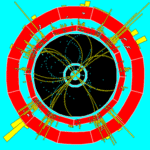 ALEPH Documentation, new and re-engineered and software of the ALEPH experiment:
ALEPH Documentation, new and re-engineered and software of the ALEPH experiment: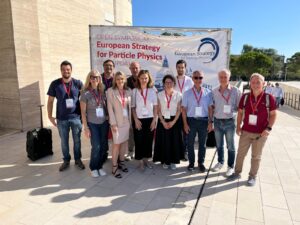 The European Strategy for Particle Physics (ESPP) held in Venice, Italy, on 23-27 June 2025 was a great success. Researchers from all over the world discussed the future direction of particle physics.
The European Strategy for Particle Physics (ESPP) held in Venice, Italy, on 23-27 June 2025 was a great success. Researchers from all over the world discussed the future direction of particle physics.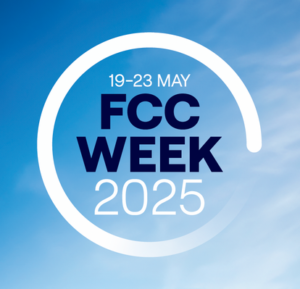
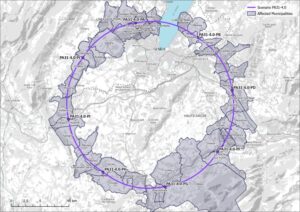
 National Workshop “INFN and the European Strategy for Particle Physics” will be held in Rome, at the Centro Congressi Frentani, from May 6 to 7.
National Workshop “INFN and the European Strategy for Particle Physics” will be held in Rome, at the Centro Congressi Frentani, from May 6 to 7. 
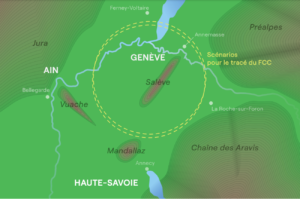 Interview with Michael Benedikt, accelerator physicist at CERN and coordinator of the Feasibility Study for
Interview with Michael Benedikt, accelerator physicist at CERN and coordinator of the Feasibility Study for 